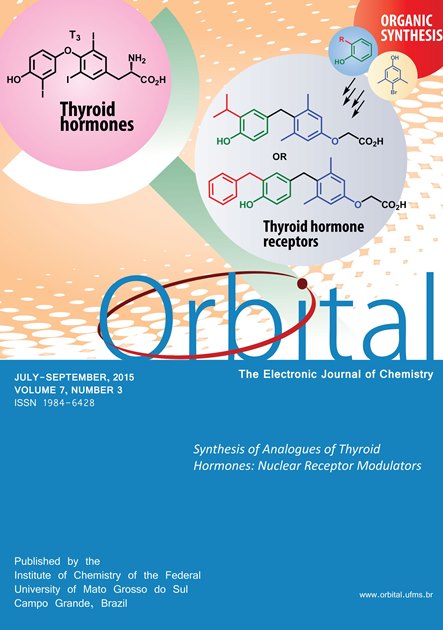Larval Susceptibility of Two Culex quinquefasciatus Populations (Diptera: Culicidae) Temephos® in the City of Naviraí, MS, Brazil
- insecticide,
- chemical control,
- organophosphate,
- mosquito,
- resistance
Copyright (c) 2015 Orbital: The Electronic Journal of Chemistry

This work is licensed under a Creative Commons Attribution-NonCommercial-NoDerivatives 4.0 International License.
Abstract
The control mosquito populations in Brazil is needed to prevent disease transmission and nuisance to man, and avoid causing deaths and economic losses. The susceptibility of two populations of Culex quinquefasciatus to the larvicide temephos was evaluated. Larvae were collected in septic tanks at the neighborhoods of Vila Nova and Varjão (Naviraí, Mato Grosso do Sul, Brazil), and submitted to different concentrations of the insecticide, being possible to calculate lethal concentrations. The results showed that there is resistance to this organophosphate, when considering the degree of mortality at the diagnosis concentration (DC), indicated by WHO, what was confirmed by the high values found for LCs. We discussed the role of larvicide in national dengue control program and the agricultural use of organophosphates in the region. The results indicate the need to adopt integrated management practices vectors against this mosquito that causes discomfort.


